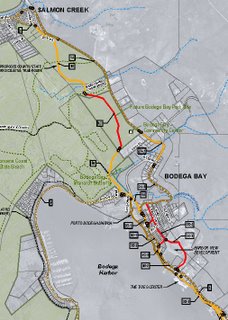RISMEDIA, September 5, 2006—Buying a home warranty policy during a real estate transaction provides many benefits to the buyer, seller, and to the real estate professional as well. What are these benefits and what good is a home warranty anyway?
What exactly is a home warranty? Home warranties are one-year or 13 Month policies that cover a home’s major mechanical systems and appliances. The mechanical systems often include the plumbing, heating/furnace, electrical, water heater, and cooling systems.
Major appliances may include the washer and dryer, refrigerator, and built-in microwave.
Oftentimes, there are optional items to purchase that are not covered under the base contracts. These items can include the pool and spa, septic tank, or roof leak repair. Real estate professionals should instruct their clients to read over the home warranty contract thoroughly to understand what is and what is not covered. See article, “
Home Warranty Companies are Not all the Same! Research, Compare, and Ask the Right Questions.”
When a covered item breaks due to normal wear and tear, the policy holder makes a claim with the warranty company and a service vendor comes to the home to diagnose the problem. If the item is covered, it is either repaired or replaced. The policy holder is required to pay a service call fee to the vendor at the time of service.
Having a warranty on the buyer’s new home definitely helps their pocketbooks at a time when they probably need it the most – after the close on their new home. Repairing or replacing items in a home is the last thing a new buyer needs.
What good is a home warranty to the seller? Sellers are moving out of the house, so why would a warranty benefit them? Some home warranty companies, such as HWA, offer Free Seller’s Coverage. During the period that a home is listed, HWA ensures that covered appliances and mechanical systems are repaired or replaced for a low “per visit” service call fee. HWA covers the listing period up to 180 days and if more time is needed, it can be extended for another 180 days. The home will typically sell faster when there is a home warranty attached to it because it gives the buyer piece of mind when deciding to purchase the home. The warranty will also decrease the post-sale liability to the seller. The seller will not have to deal with the problems and expenses that may occur after the home has been closed.






